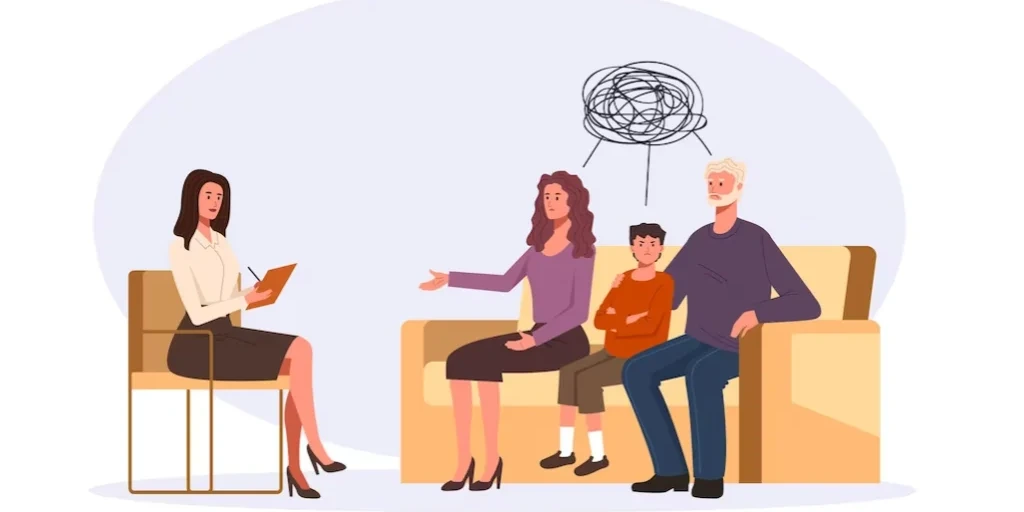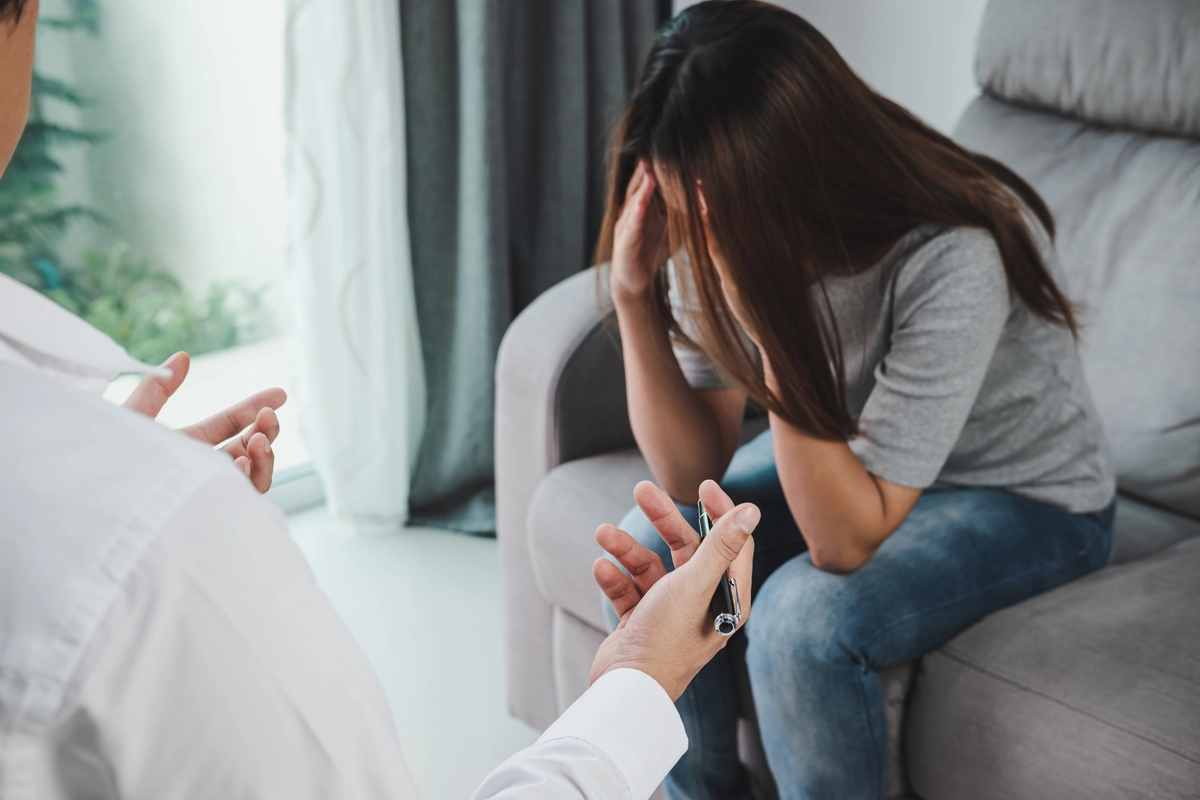24/7 Helpline:
(866) 899-111424/7 Helpline:
(866) 899-1114
Learn more about Residential Rehab centers in Lawnside
Residential Rehab in Other Cities

Other Insurance Options

BHS | Behavioral Health Systems

Health Partners

Access to Recovery (ATR) Voucher

Group Health Incorporated

Kaiser Permanente

UMR

Amerigroup

Covered California

Sutter

EmblemHealth

MVP Healthcare

Medical Mutual of Ohio

GEHA

CareFirst

AllWell

Magellan

Health Net

Oxford

Horizon Healthcare Service

Carleon
















